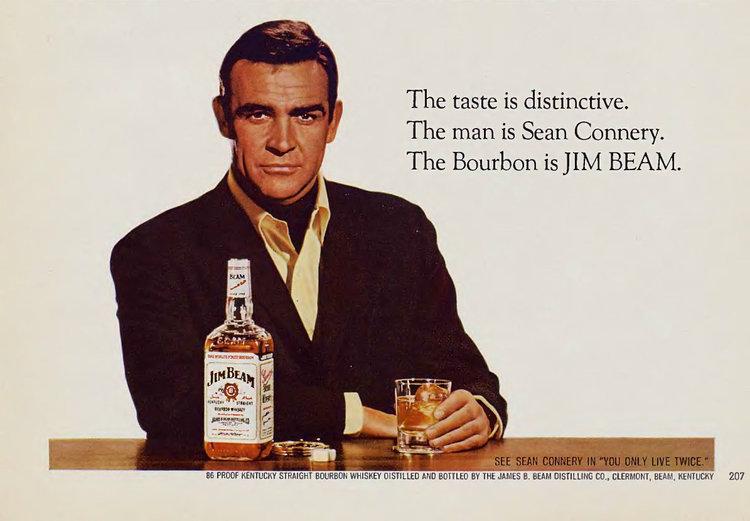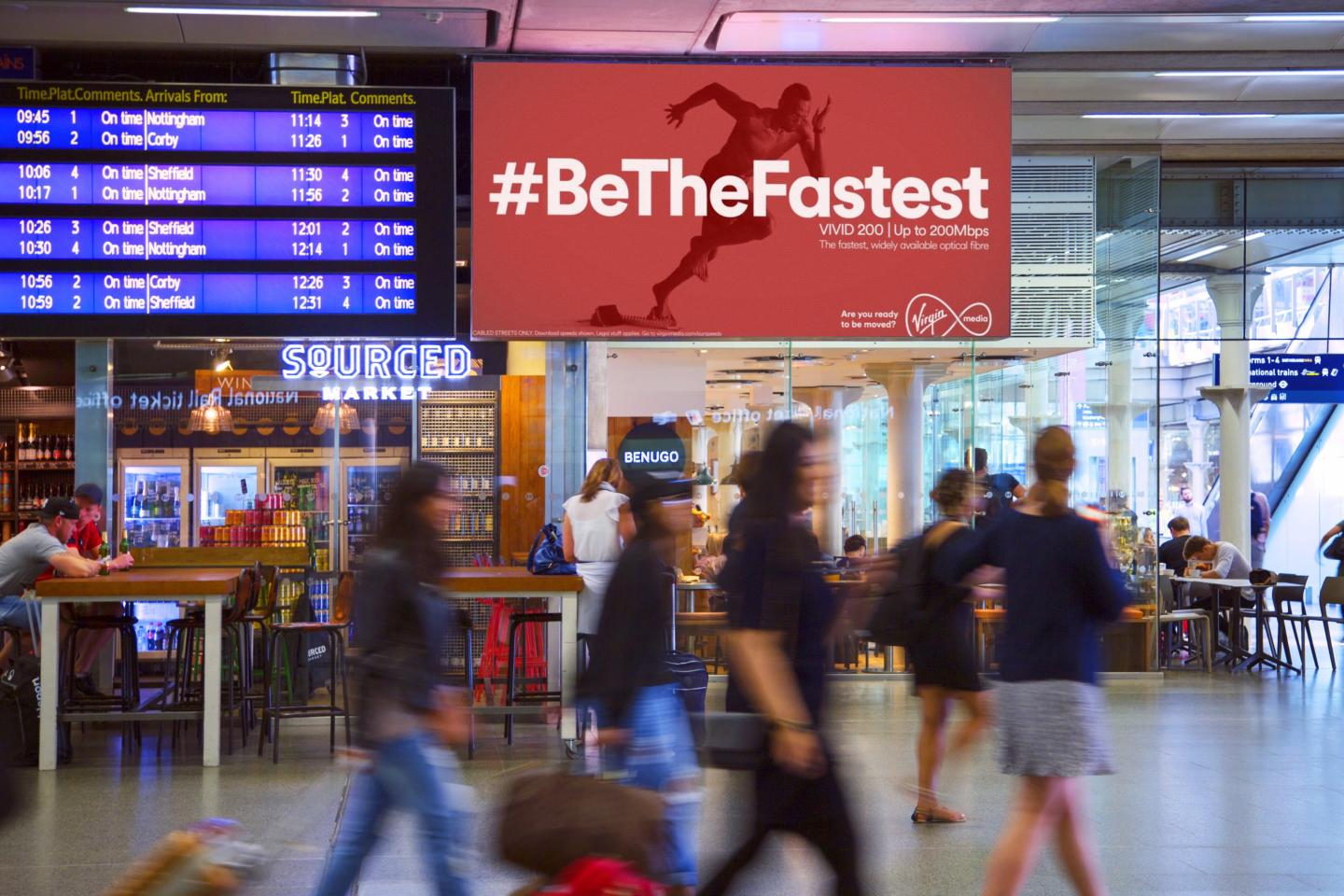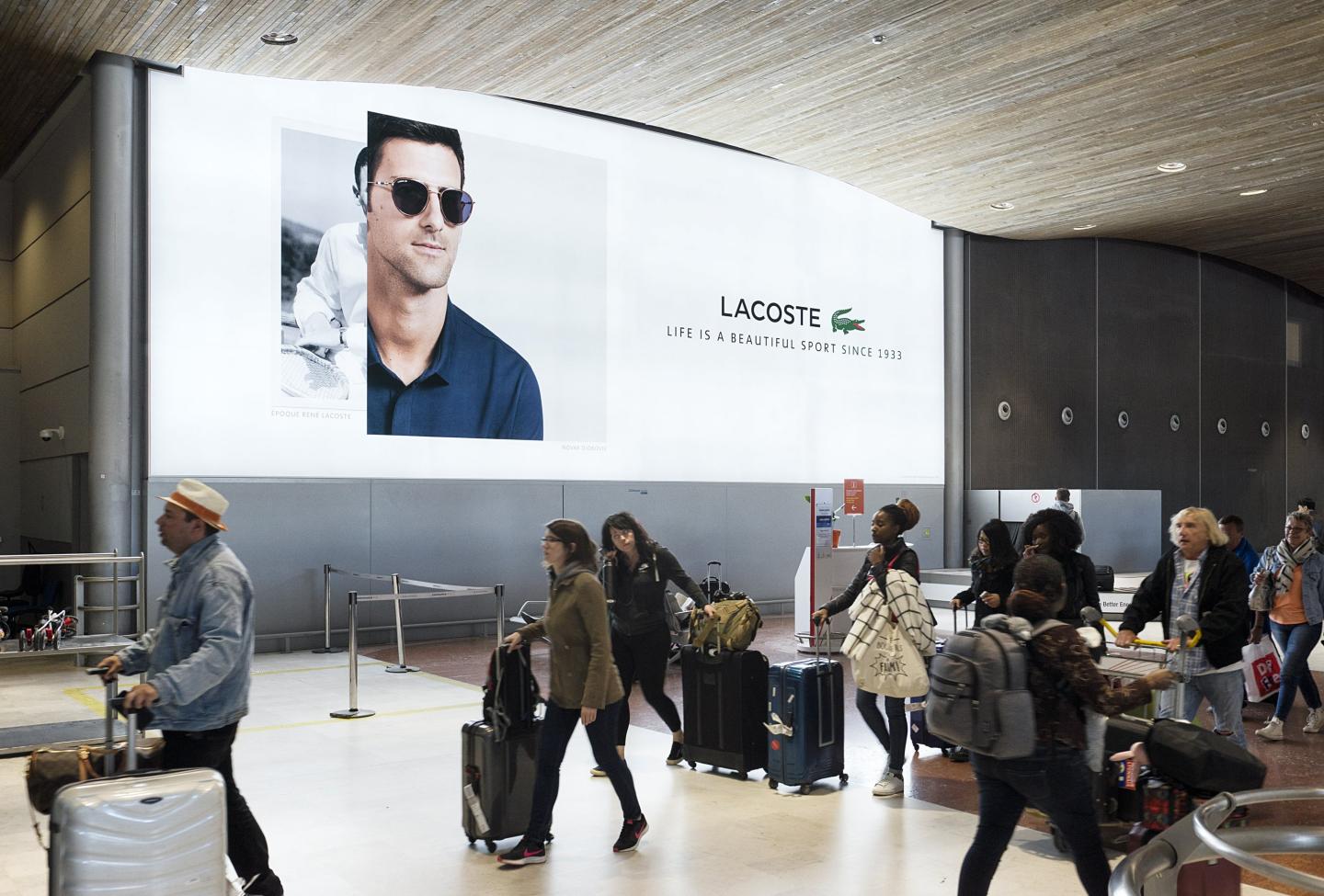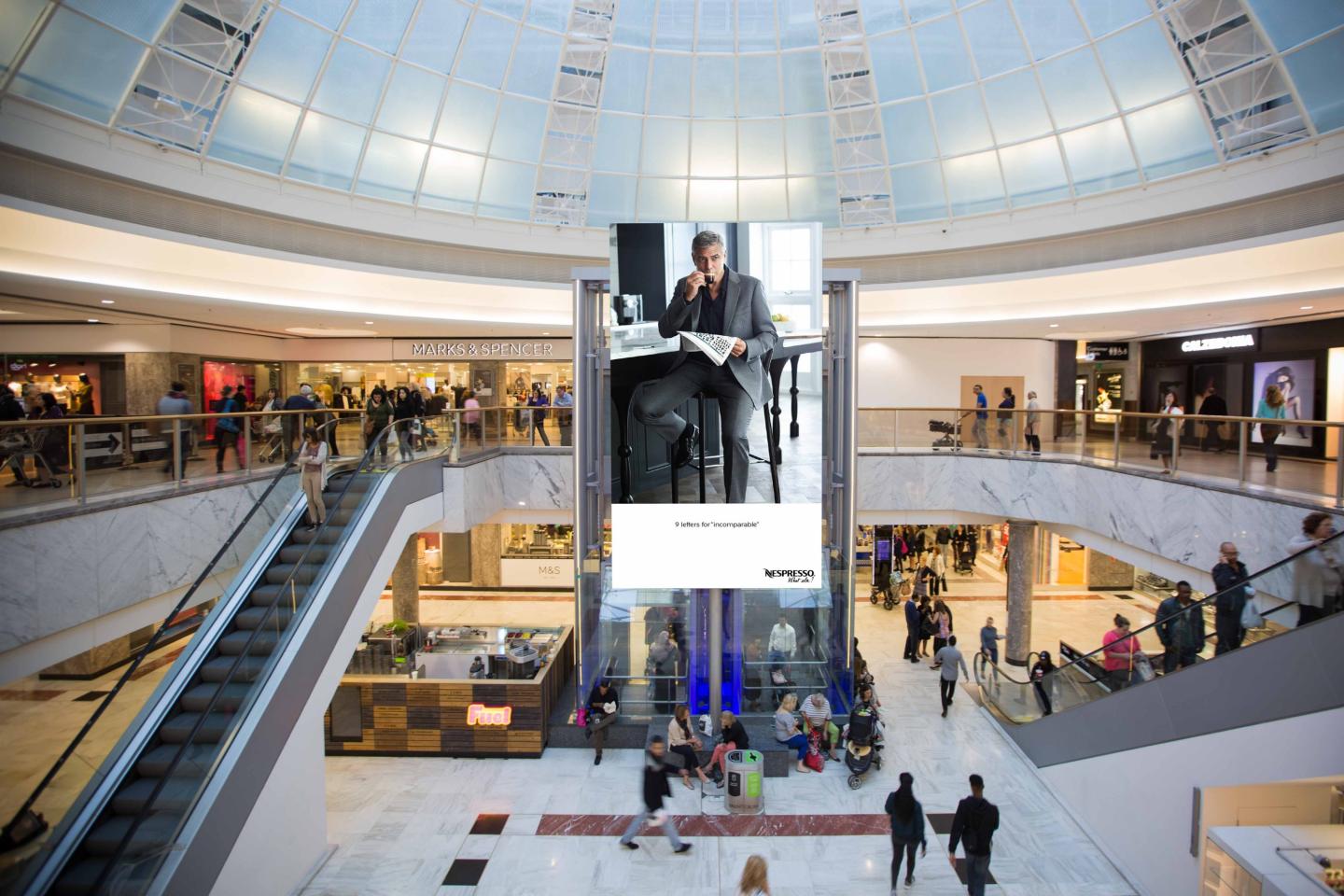Putting a face to a name: why out-of-home works for celebrity endorsements
Making brands stand out
A report from MEC Media-Lab, ‘The Face of the Brand’, states that “driving awareness is a real strength of associating a well-known face with a product; brands borrow fame from celebrities, thereby generating brand salience, with 55% of people saying the endorsement makes a brand stand out.”
The proliferation of social media has increased the accessibility of celebrities and their ability to endorse brands in new and innovative ways. However, the downside of increased access to influencers is the increased risk of celebrity ‘mishaps’ and the potential for brands to lose control of their messaging.
The recent backlash over the merits of influencer marketing (both in the advertising circles and growing cynicism from consumers) has led many to re-evaluate their use of celebrities in advertising. Increasingly, brands are making rigorous use of data analytics to interrogate the benefits of celebrity endorsement compared with above-the-line media.
This is where out-of-home (OOH) comes in. As one of the oldest and most trusted media available, OOH has the capacity to rapidly build awareness of a product or partnership, establishing the association between advertiser and celebrity – while enabling the brand to retain messaging control.

finding the right match
Celebrity endorsement has mostly evolved from the days of classic movie stars recommending particular alcohol and cigarette brands, but the principles behind finding the right celebrity to meet the objectives of a brand campaign remain largely the same.

The brand and celebrity must be a natural fit. The ‘brand attributes’ of both parties must align, and one of the most pertinent questions to ask is, “can this celebrity help my brand to meet its campaign objectives?” This is critical when it comes to accurate and fair measurement of a partnership’s success.
A great example of this synergy is Usain Bolt’s association with Virgin Media – a brand that historically has been keen to own the attribute of ‘high speed’ in the crowded UK telecoms market.

Brands need to consider the equity exchange between the two parties. The celebrity must have broad enough appeal to reach a sufficient audience and raise awareness, but not so much that they overshadow the product or brand they are associated with.
A good illustration of this is the partnership between tennis star Novak Djokovic and sponsor Lacoste. The player features heavily in Lacoste fashion advertising and brings international appeal to the brand, without dominating the partnership or the artwork itself.
Executing these campaigns in airports, a place associated with internationalism and prestige for brands, as well as affluent urban areas, is a perfect physical expression of the luxury perceptions Lacoste is aiming to evoke.

Making brands stand out
To maximise the potential benefit of a celebrity partnership, and mitigate consumer cynicism, it’s important to take a longer-term view. Brand building takes time and so using strong brand-building media such as television and OOH will help to embed the partnership in consumers’ minds and allow it to work harder for a brand. If you think of George Clooney, one of the first associations is Nespresso (and vice-versa), but achieving this has taken many years of consistent branding.

‘Serial endorsers’, i.e. celebrities with many (and often ever-changing) endorsement deals can “devalue their persuasive currency” when it comes to the power of their product recommendation. It is vital that the celebrity becomes intrinsically linked to a brand in order to maximise return on investment.
Securing the support of a celebrity endorser can be of great value, and the prestige that OOH offers can amplify the effect – but advertisers have to remember that at its most effective, brand-building through influencer marketing is a long-term process requiring diligent research, rather than an instant panacea.
Want to know more?



